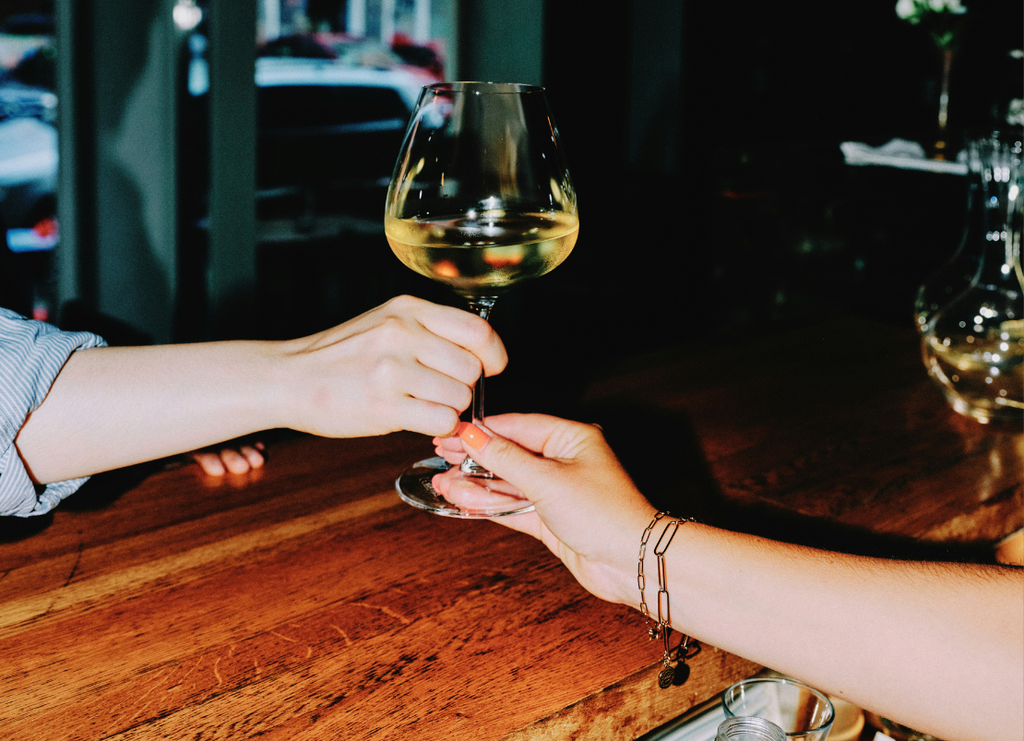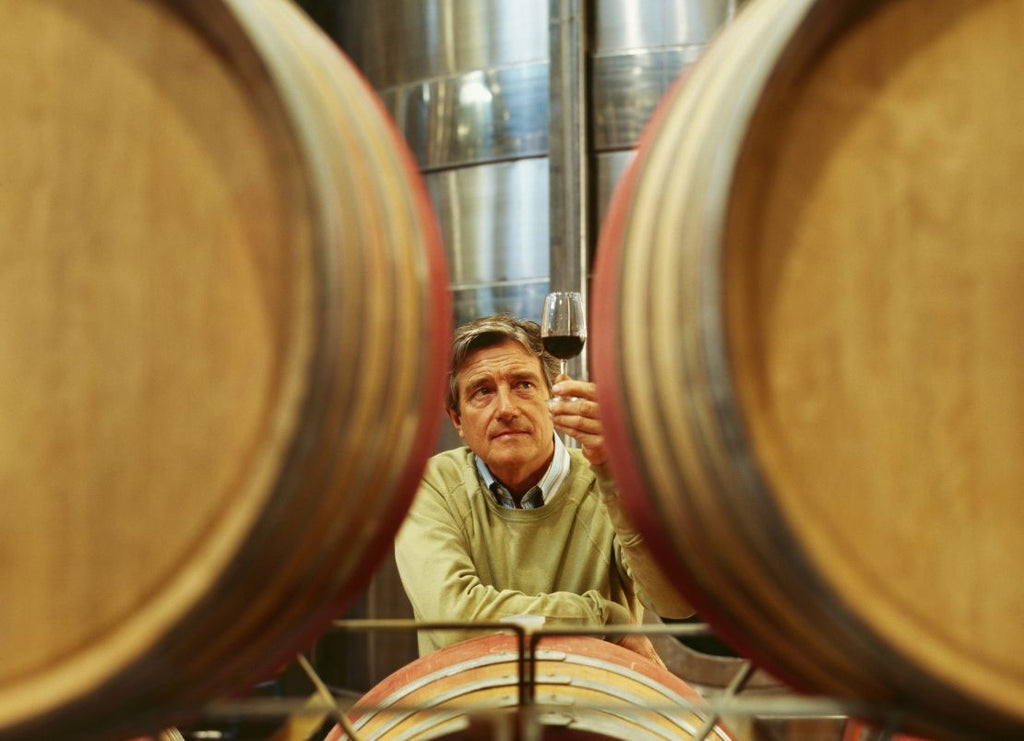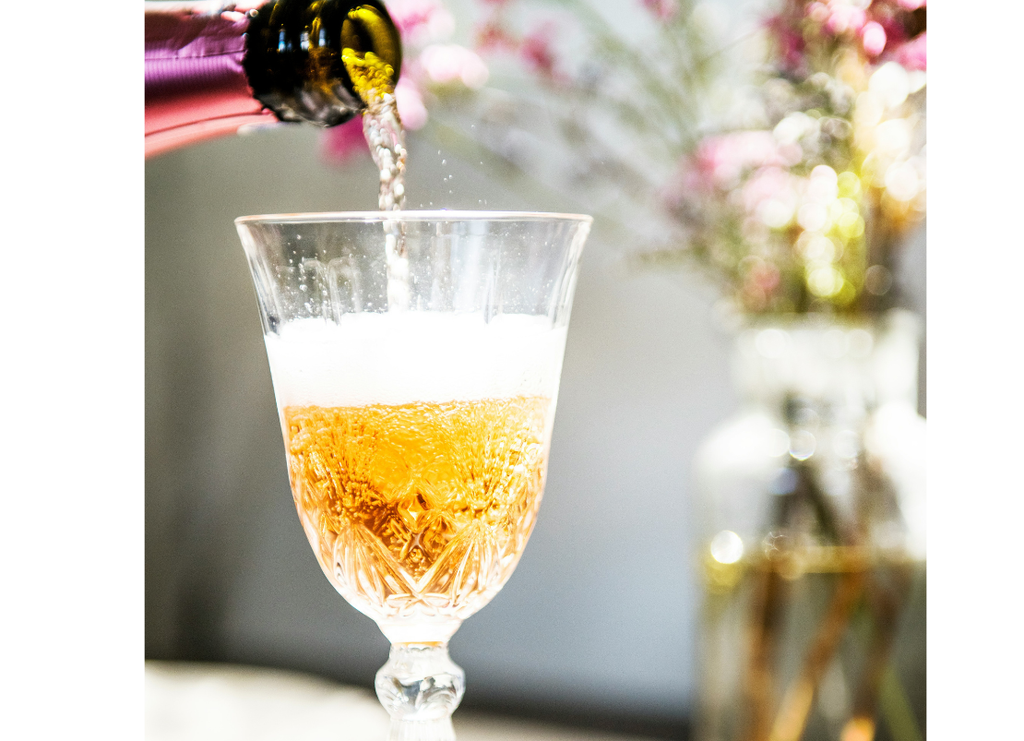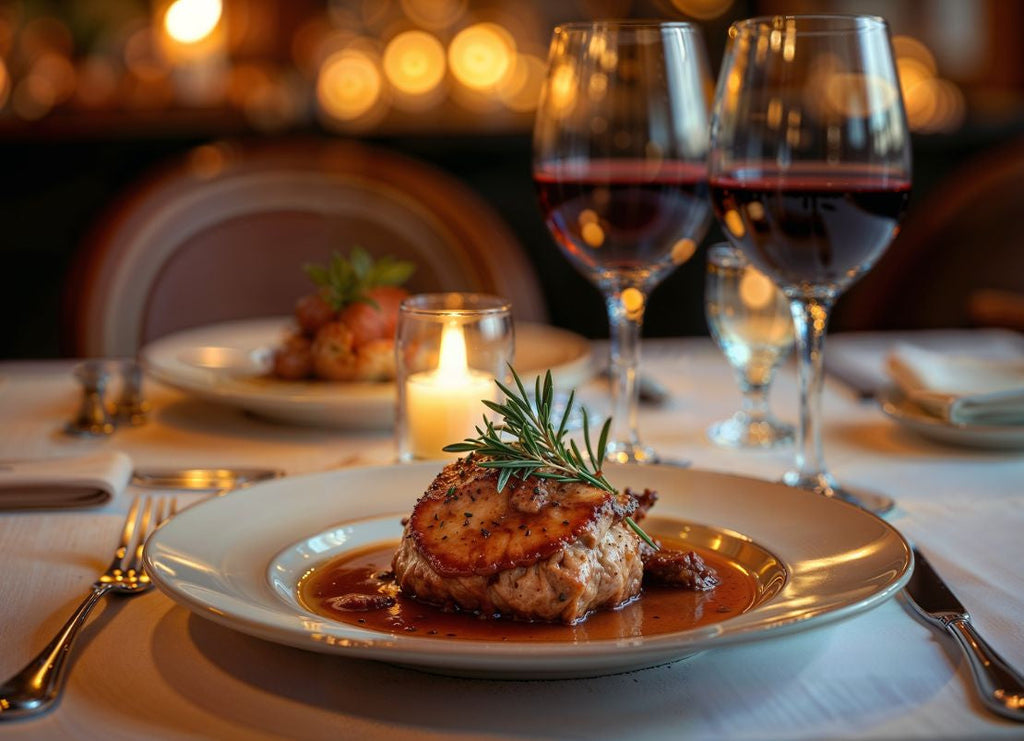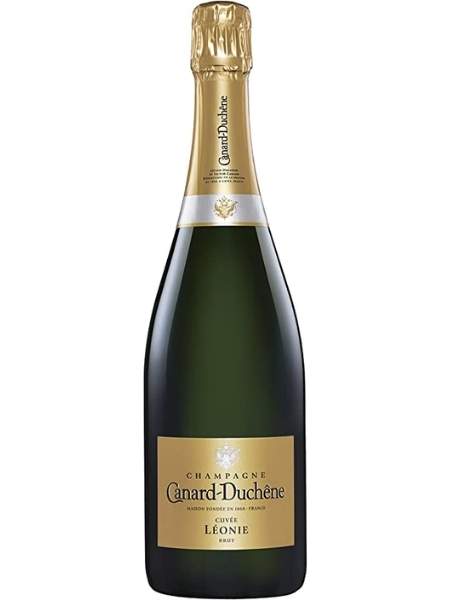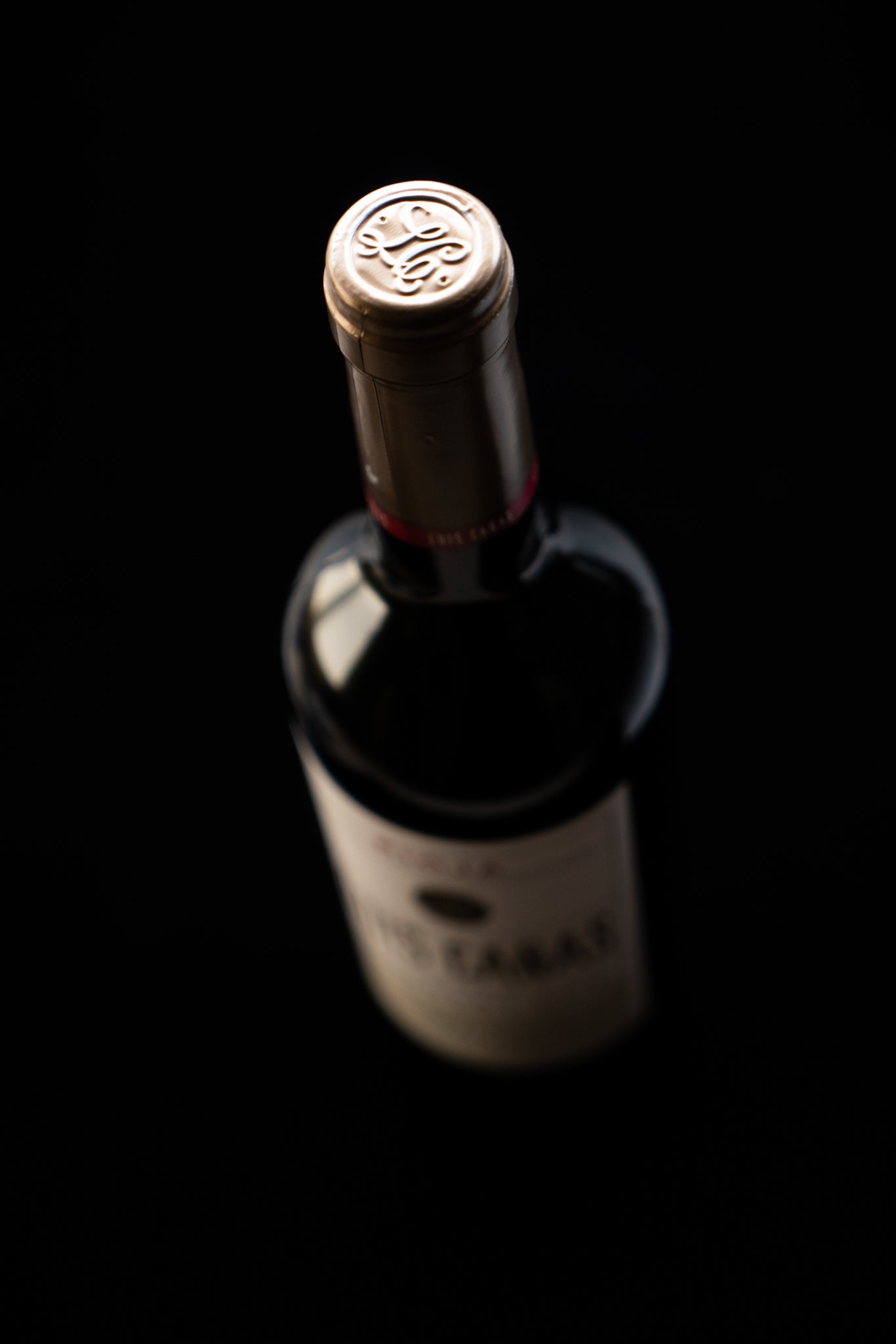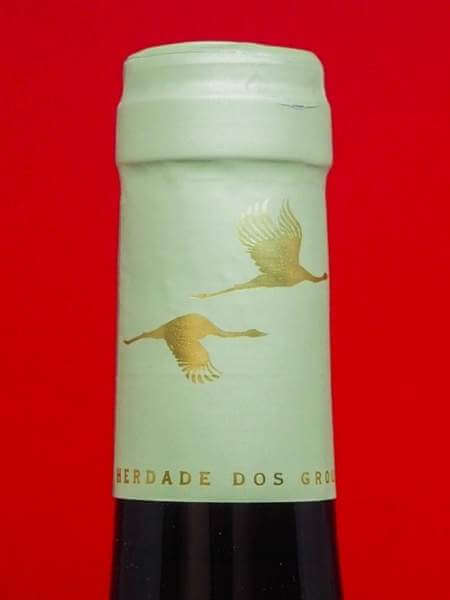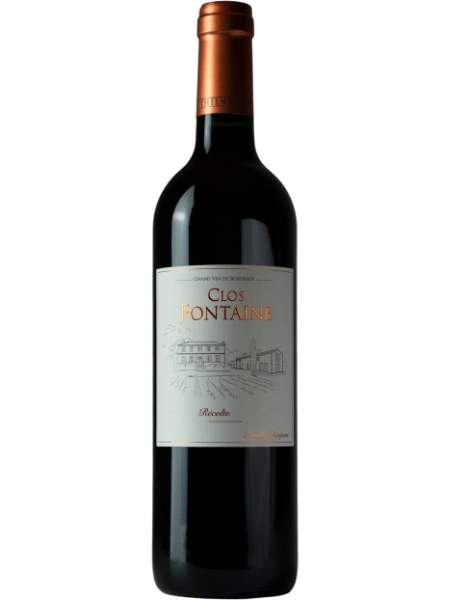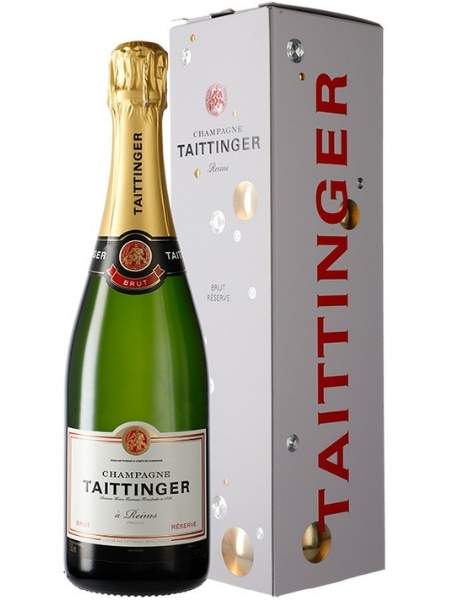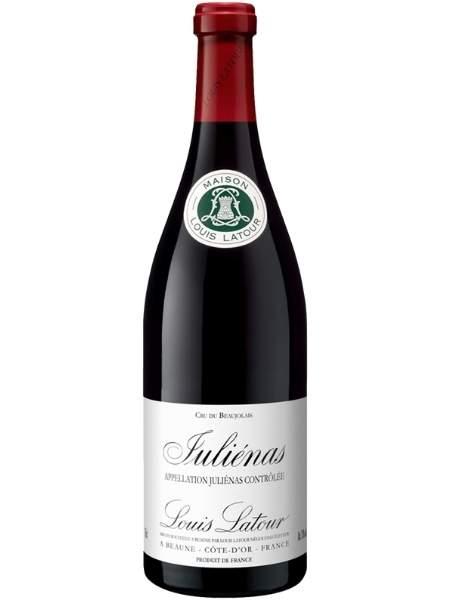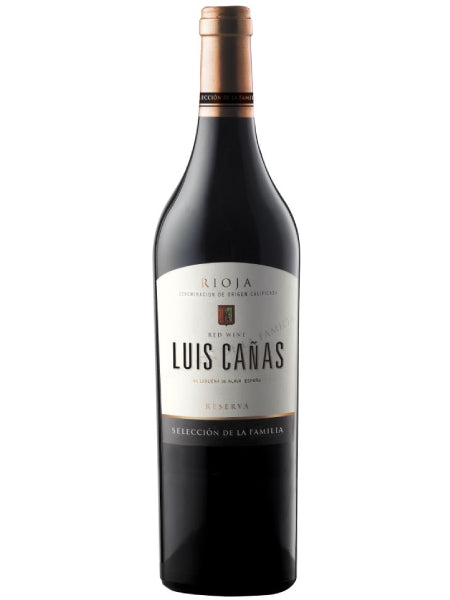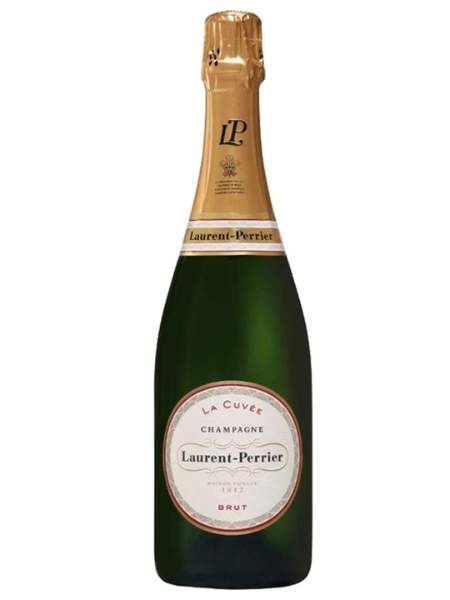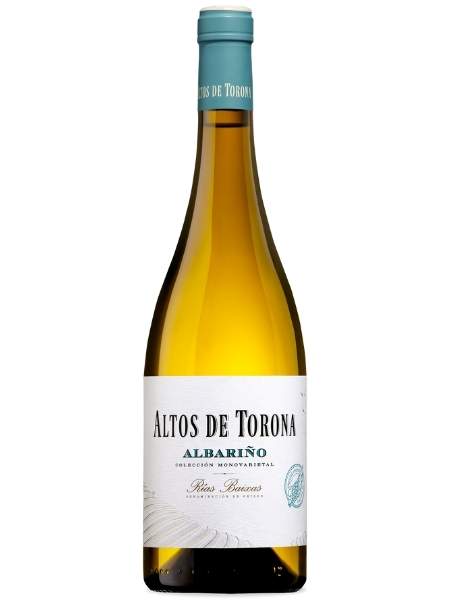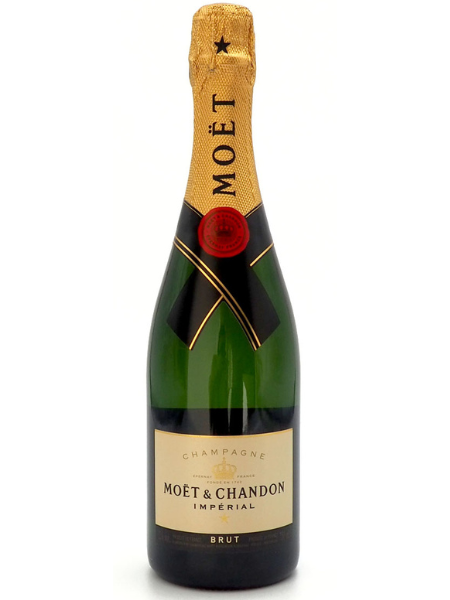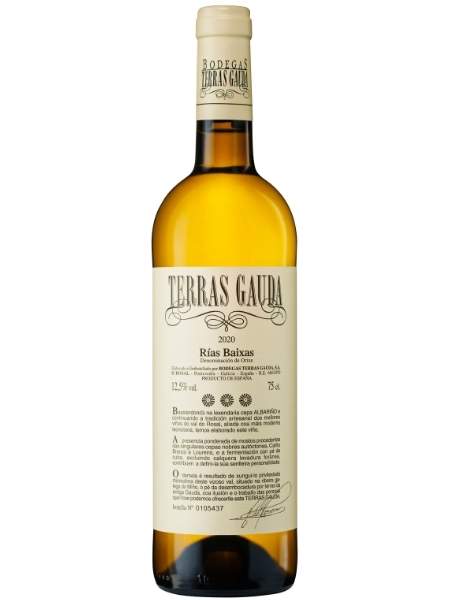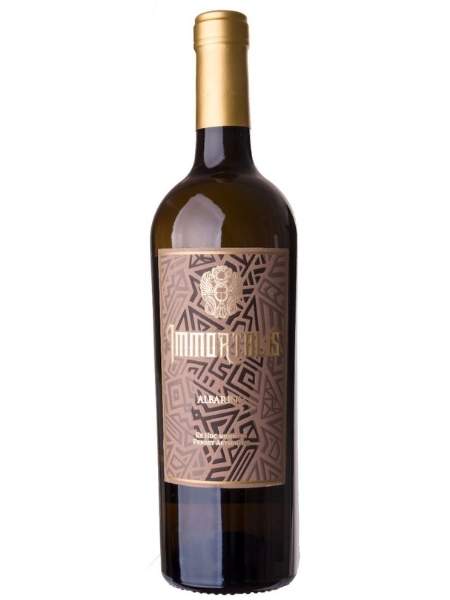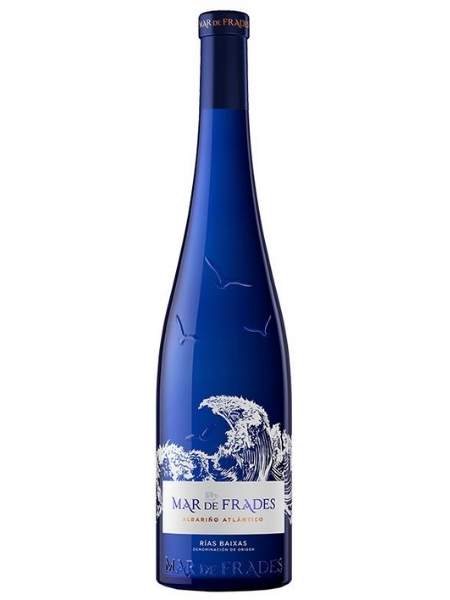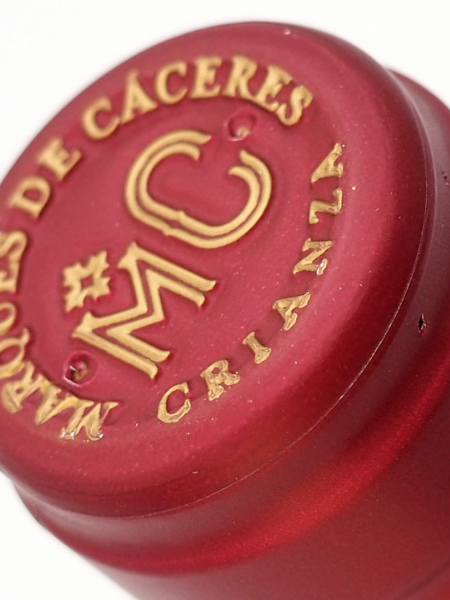
What are the awards and distinctions of wines

What are those seals sticked to the wines? These are most often the result of prizes obtained in different years of harvest.
Awarded Wines
How are wines tasted and awarded?
The wine prizes are awarded by a carefully selected jury. The members of these juries are some of the best tasters in the country or from abroad, in the case of international competitions. These tasters perform blind tastings - the bottles presented in the competition are covered with a dark bag to hide the label, and in some cases, this bag is rigid, so the shape of the bottle is also difficult to guess.
Around forty wines can be tasted in one morning of tasting, and the competition can last for several days. Remember that these wines are not drunk, only tasted and spit. I know it may sound a little weird about spitting, but the name of the container available especially for this act is called spitting.
We will explain some of the parameters that are taken into account when awarding a wine.
First, an organoleptic analysis of the product is made, which consists of a qualitative evaluation of the wine. This assessment is based exclusively on the examination that is performed with the help of visual, olfactory and gustatory senses. This determines the quality.
Then, the clarity and appearance of the wine are analyzed visually. At this point, the taster tilts the glass to see the colour. Therefore, at this stage, the jury knows the age of the wine by checking if there are suspended particles. Then the tear that adheres to the glass is observed, to test the body, the glycerol and the degree of alcohol.
The next step is to smell. Here are different descriptors. A list of the different flavours related to the grape varieties contained in the wines to be tasted is drawn up, and these descriptors are given a score from zero to ten.
The third and final step is taste. There are other scoring parameters here, including structure, acidity or persistence. The overall score of each wine depends on the sum of the points of each party. If a wine gets enough points to be awarded a gold, silver or bronze medal, that wine has a better chance of establishing itself as a favourite of end consumers. For this reason, many wineries are currently competing in various wine competitions.
To better understand the characteristics of the award-winning wines, we will present you with some examples from our store.
One of the most prestigious competitions in the world is the Decanter World Wine Awards. On our website, you can find the red wine La Pilosa from Herència Altés winery, with 93 Decanter points, made from hairy Garnacha grapes, a local variety from Terra Alta.
It is an organic wine with excellent structure and balance, a wine that reflects and expresses the territory and has a high concentration of aromas, a glyceric and dense wine that matures for ten months in French and Hungarian oak barrels and from which it is made only six thousand bottles.
Another wine considered by Decanter to be one of the best red wines in the world is Finca Azaya from Bodegas Valduero, with a Tierras de Castilla y León Designation of Origin, a monovarietal of tempranillo, elegant and delicate, a wine aged in barrels of French oak for fourteen months, and which stays in the glass for another twelve months, thus evolving in terms of complexity and nuances.
This is a gourmet and strong wine, with an aftertaste of ripe black fruit and jam, and on the palate with a long and persistent finish. Its balance and body make it the perfect ally for meat dishes and medium and high-intensity matured cheeses.
If you prefer white wines, we recommend our white wine Fuenteseca, organic wine from Bodega Sierra Norte from the Denomination of Origin Utiel-Requena, in which you will find the whole expression of white fruits such as pears or apples. An extraordinary blend of Macabeo and sauvignon blanc, an extremely fresh wine, awarded the silver medal at the world competition in Brussels, one of those wines in which quality is not closely linked to price.
Another of our favourite wines for the summer is the rosé Celastrina, also from Bodega Herència Altés in Terra Alta, a Garnacha from centennial species awarded the silver medal at the Grenaches du Monde competition, one of those delicious wines that you can consume as an appetizer or with rice or fish.
A wine that reflects all the red fruits on the palate, leaving an extremely pleasant sensation of freshness.
Another way to evaluate wines is through lists or guides. The most important is the Peñín Guide and the Parker Guide.
The latter was born out of a trip by student Robert Parker through Europe. In Spain, he discovered that Spanish wines had a fantastic value for money. He could never have imagined that wines of such good quality and with such a careful elaboration process could have such an economical price.
Thus, he returned to the United States believing that there was very little wine culture in his country and, being a lawyer by profession, he decided to write a wine guide to become a consumer lawyer. Thus was born The Wine Advocate, the most famous guide in the world, in which obtaining the one hundred points, almost unattainable, became a real challenge for many wineries in the world.
In Spain, there is the Peñín Guide, the most prestigious manual of Spanish wines in the world, and the most consulted by wine professionals and amateurs. The three professional tasters who are part of the guide's team analyze over ten thousand wines each year, and they do so with an open glass. According to their comments, a professional taster is not influenced by etiquette or wine cellar.
In addition, an interesting fact is that the evaluation of wine takes only three minutes, a real phenomenon of these tasters of a guide that puts on sale a new edition every year, because at each vine harvest new wine references appear.
At Dis&Dis, are glad that we can offer you a lot of wines that have won various awards in international competitions. Just one of our favourite wines scored ninety-nine points in the Peñín Guide.
This is La Garnacha de Mustiguillo, a monovarietal of black grenache from a single field, a wine fermented in wooden barrels together with part of the grape tails, which endows it with exceptional herbal shades. It is an organic, vegan wine with ten-month ageing in French oak barrels, which gives it a soft and complete tannin and gives it character and personality.
Another wine that we suggest you try is Urbezo, a chardonnay monovarietal from Bodega Solar de Urbezo, in the Protected Designation of Origin Cariñena, excellent white wine with 90 points in the Peñin Guide, very fresh wine and fruity, with notes of tropical and citrus fruits, with well-integrated acidity and a structure that allows it to be combined with various dishes, both meat and fish.
Now that you can better understand the labels and seals of wines, don't forget to have a look at our store if you want to surprise your friends or family with quality Spanish wine!
We thank our good friend Isabel Zaro (UdG University sommelier) for all the information and documentation behind this reading.
This concludes our discussion on wines, awards and seals. We hope that our information will be useful in choosing the next bottle of wine.
Don't forget to subscribe to our newsletter and follow us on Facebook and Instagram, so that you are always up to date with our offers and promotions.
If you have suggestions for us or would like to write about a specific topic related to the world of wines, do not hesitate to write to us at hello@disndis.com
See you soon, wine lovers,
Dis & Dis team

